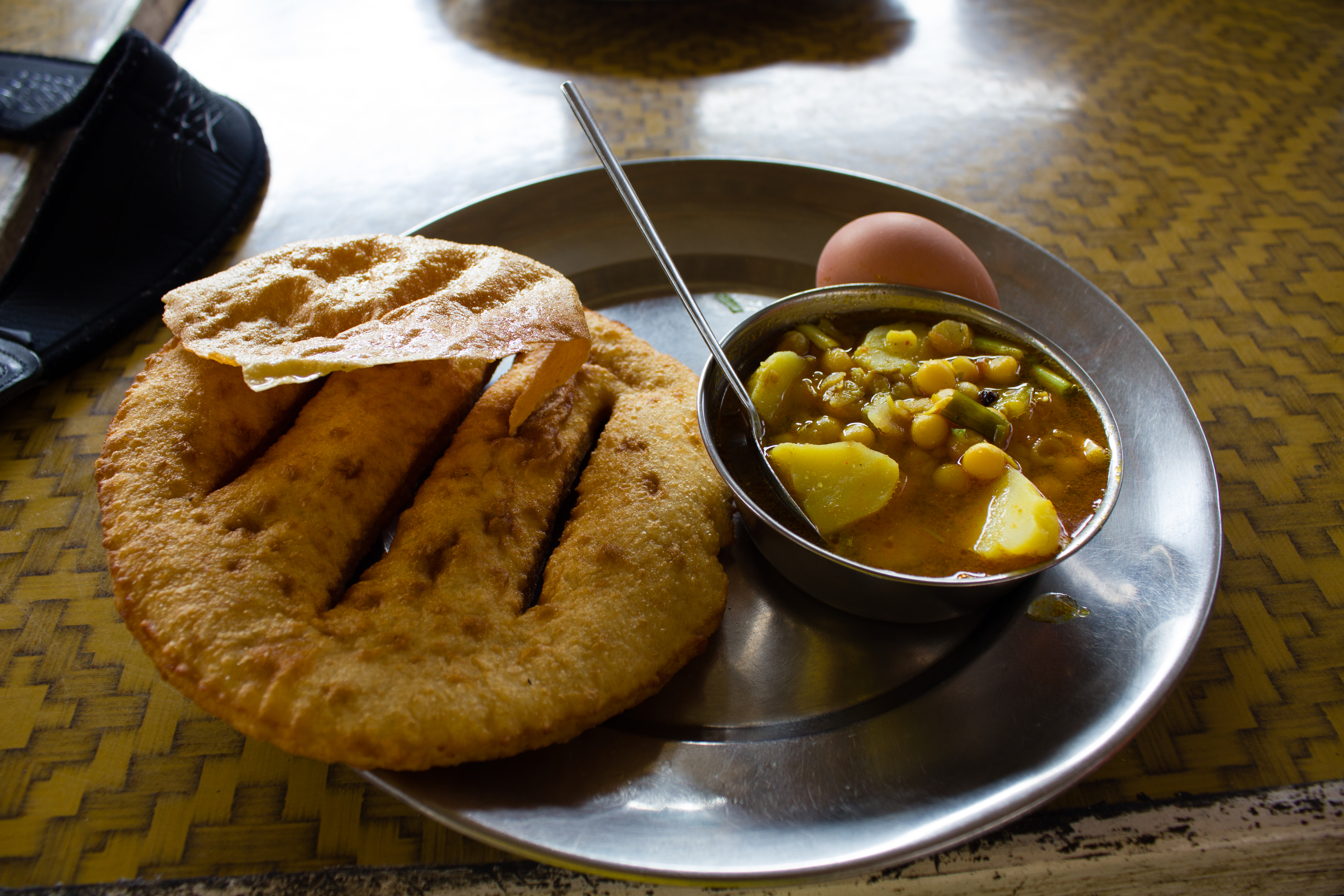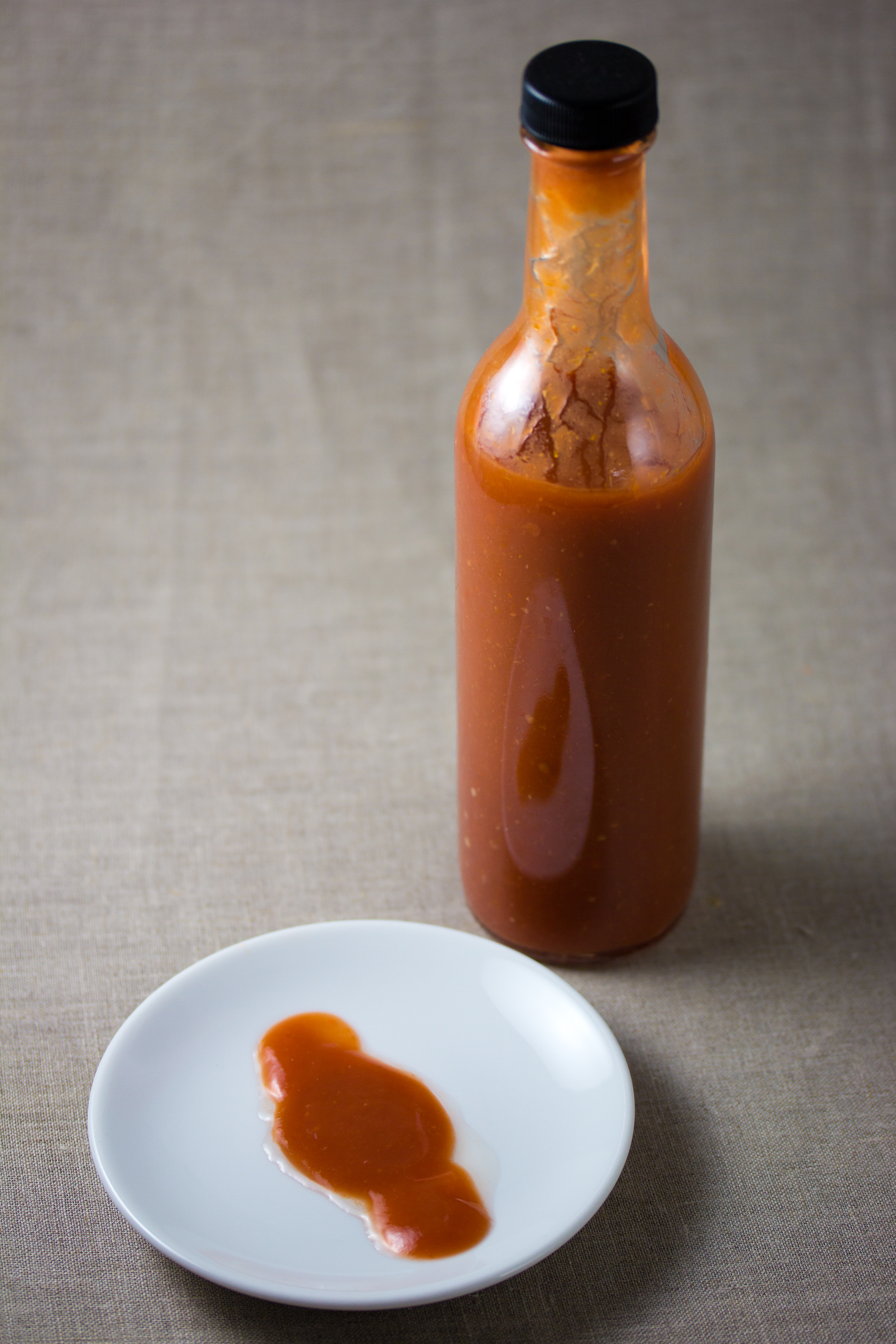|
Sepen (sauce)
Sepen is a Tibetan cuisine hot sauce made with chillies as the primary ingredient and other spices depending on the recipe. It can be made on a tomato base or can include vegetables like onion and celery. It exists in both thick and chunky versions as well as smooth ones. It can be served with all meals and is used to spice the usually mild Tibetan food. See also * List of Tibetan dishes This is a list of Tibetan dishes and foods. Tibetan cuisine includes the culinary traditions and practices of Tibet and its peoples, many of whom reside in India and Nepal. It reflects the Tibetan landscape of mountains and plateaus and includes ... References Tibetan cuisine Sauces {{Tibet-cuisine-stub ... [...More Info...] [...Related Items...] OR: [Wikipedia] [Google] [Baidu] |
Tibetan Cuisine
Tibetan cuisine includes the culinary traditions and practices and its peoples. The cuisine reflects the Tibetan landscape of mountains and plateaus and includes influences from neighbors (including India and Nepal where many Tibetans abide). It is known for its use of noodles, goat, yak, mutton, dumplings, cheese (often from yak or goat milk), butter, yogurt (also from animals adapted to the Tibetan climate), and soups. Vegetarianism has been debated by religious practitioners since the 11th century but is not prevalent due to the difficulty of growing vegetables, and cultural traditions promoting consumption of meat. Crops must be able to grow at high altitudes, although a few areas are at low enough altitude to grow crops such as rice, oranges, bananas and lemons. The most important crop is barley. Flour milled from roasted barley, called ''tsampa'', is the staple food of Tibet, as well as '' Sha phaley'' (meat and cabbage in bread). '' Balep'' is Tibetan bread eaten ... [...More Info...] [...Related Items...] OR: [Wikipedia] [Google] [Baidu] |
Hot Sauce
Hot sauce is a type of condiment, seasoning, or salsa made from chili peppers and other ingredients. Many commercial varieties of mass-produced hot sauce exist. History Humans have used chili peppers and other hot spices for thousands of years. Inhabitants of Mexico, Central America and South America had chili peppers more than 6,000 years ago. Within decades of contact with Spain and Portugal in the 16th century, the New World plant was carried across Europe and into Africa and Asia, and altered through selective breeding. One of the first commercially available bottled hot sauces in America appeared in 1807 in Massachusetts. Few of the early brands from the 1800s survived to this day, however. Tabasco sauce is the earliest recognizable brand in the United States hot sauce industry, appearing in 1868. As of 2010, it was the 13th best-selling seasoning in the United States preceded by Frank's RedHot Sauce in 12th place, which was the sauce first used to create buffalo wing ... [...More Info...] [...Related Items...] OR: [Wikipedia] [Google] [Baidu] |
Chili Pepper
Chili peppers (also chile, chile pepper, chilli pepper, or chilli), from Nahuatl '' chīlli'' (), are varieties of the berry-fruit of plants from the genus ''Capsicum'', which are members of the nightshade family Solanaceae, cultivated for their pungency. Chili peppers are widely used in many cuisines as a spice to add "heat" to dishes. Capsaicin and related compounds known as capsaicinoids are the substances giving chili peppers their intensity when ingested or applied topically. While ''chili peppers'' are (to varying degrees) pungent or "spicy", there are other varieties of capsicum such as bell peppers (UK: peppers) which generally provide additional sweetness and flavor to a meal rather than “heat.” Chili peppers are believed to have originated somewhere in Central or South America. and were first cultivated in Mexico. After the Columbian Exchange, many cultivars of chili pepper spread around the world, used for both food and traditional medicine. This led to ... [...More Info...] [...Related Items...] OR: [Wikipedia] [Google] [Baidu] |
Tomato
The tomato is the edible berry of the plant ''Solanum lycopersicum'', commonly known as the tomato plant. The species originated in western South America, Mexico, and Central America. The Mexican Nahuatl word gave rise to the Spanish word , from which the English word ''tomato'' derived. Its domestication and use as a cultivated food may have originated with the indigenous peoples of Mexico. The Aztecs used tomatoes in their cooking at the time of the Spanish conquest of the Aztec Empire, and after the Spanish encountered the tomato for the first time after their contact with the Aztecs, they brought the plant to Europe, in a widespread transfer of plants known as the Columbian exchange. From there, the tomato was introduced to other parts of the European-colonized world during the 16th century. Tomatoes are a significant source of umami flavor. They are consumed in diverse ways: raw or cooked, and in many dishes, sauces, salads, and drinks. While tomatoes are fruits ... [...More Info...] [...Related Items...] OR: [Wikipedia] [Google] [Baidu] |
Onion
An onion (''Allium cepa'' L., from Latin ''cepa'' meaning "onion"), also known as the bulb onion or common onion, is a vegetable that is the most widely cultivated species of the genus ''Allium''. The shallot is a botanical variety of the onion which was classified as a separate species until 2010. Its close relatives include garlic, scallion, leek, and chive. This genus also contains several other species variously referred to as onions and cultivated for food, such as the Japanese bunching onion (''Allium fistulosum''), the tree onion (''A.'' × ''proliferum''), and the Canada onion (''Allium canadense''). The name '' wild onion'' is applied to a number of ''Allium'' species, but ''A. cepa'' is exclusively known from cultivation. Its ancestral wild original form is not known, although escapes from cultivation have become established in some regions. The onion is most frequently a biennial or a perennial plant, but is usually treated as an annual and harvested in ... [...More Info...] [...Related Items...] OR: [Wikipedia] [Google] [Baidu] |
Celery
Celery (''Apium graveolens'') is a marshland plant in the family Apiaceae that has been cultivated as a vegetable since antiquity. Celery has a long fibrous stalk tapering into leaves. Depending on location and cultivar, either its stalks, leaves or hypocotyl are eaten and used in cooking. Celery seed powder is used as a spice. Description Celery leaves are pinnate to bipinnate with rhombic leaflets long and broad. The flowers are creamy-white, in diameter, and are produced in dense compound umbels. The seeds are broad ovoid to globose, long and wide. Modern cultivars have been selected for either solid petioles, leaf stalks, or a large hypocotyl. A celery stalk readily separates into "strings" which are bundles of angular collenchyma cells exterior to the vascular bundles. Wild celery, ''Apium graveolens'' var. ''graveolens'', grows to tall. Celery is a biennial plant that occurs around the globe. It produces flowers and seeds only during its second year. The fi ... [...More Info...] [...Related Items...] OR: [Wikipedia] [Google] [Baidu] |
The New York Times
''The New York Times'' (''the Times'', ''NYT'', or the Gray Lady) is a daily newspaper based in New York City with a worldwide readership reported in 2020 to comprise a declining 840,000 paid print subscribers, and a growing 6 million paid digital media, digital subscribers. It also is a producer of popular podcasts such as ''The Daily (podcast), The Daily''. Founded in 1851 by Henry Jarvis Raymond and George Jones (publisher), George Jones, it was initially published by Raymond, Jones & Company. The ''Times'' has won List of Pulitzer Prizes awarded to The New York Times, 132 Pulitzer Prizes, the most of any newspaper, and has long been regarded as a national "newspaper of record". For print it is ranked List of newspapers by circulation, 18th in the world by circulation and List of newspapers in the United States, 3rd in the U.S. The paper is owned by the New York Times Company, which is Public company, publicly traded. It has been governed by the Sulzberger family since 189 ... [...More Info...] [...Related Items...] OR: [Wikipedia] [Google] [Baidu] |
List Of Tibetan Dishes
This is a list of Tibetan dishes and foods. Tibetan cuisine includes the culinary traditions and practices of Tibet and its peoples, many of whom reside in India and Nepal. It reflects the Tibetan landscape of mountains and plateaus and includes influences from neighbors (including other countries India and Nepal). It is known for its use of noodles, goat, yak, mutton, dumplings, cheese (often from yak or goat milk), butter (also from animals adapted to the Tibetan climate) and soups. The cuisine of Tibet is quite distinct from that of its neighbors. Tibetan crops must be able grow at the high altitudes, although a few areas in Tibet are low enough to grow such crops as rice, oranges, bananas, and lemon. Since only a few crops grow at such high altitudes, many features of Tibetan cuisine are imported, such as tea, rice and others. The most important crop in Tibet is barley. Flour milled from roasted barley, called ''tsampa'', is the staple food of Tibet. It is eaten mostly mi ... [...More Info...] [...Related Items...] OR: [Wikipedia] [Google] [Baidu] |






.png)